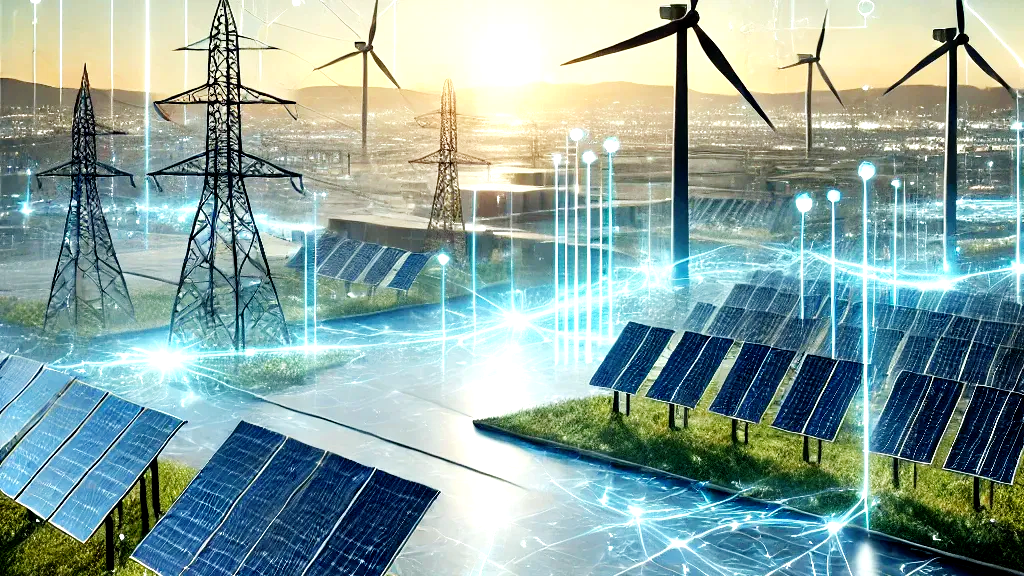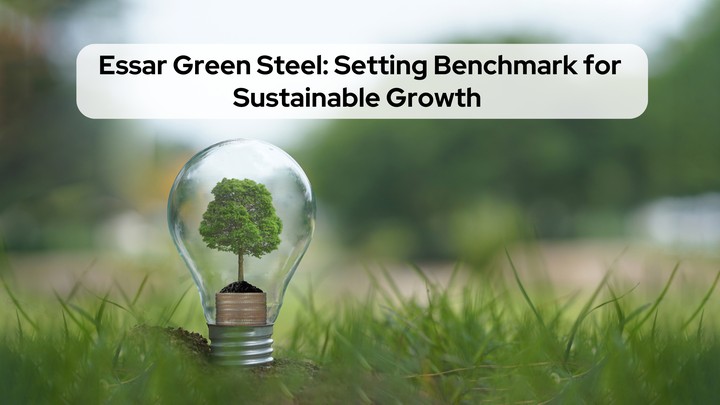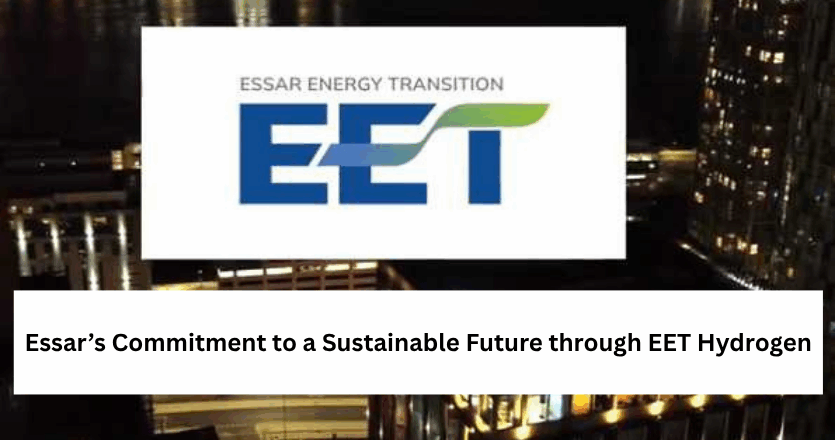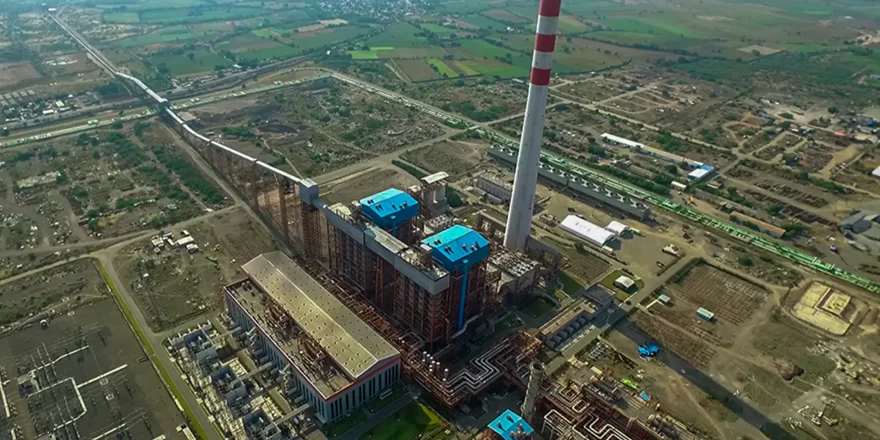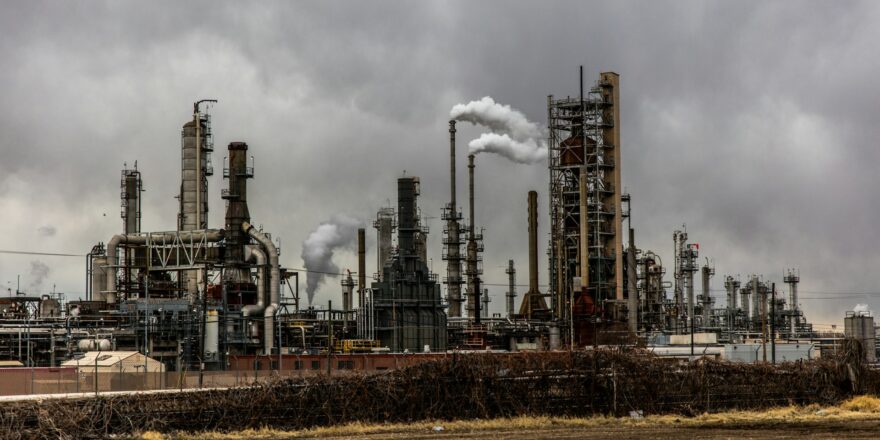The modern energy revolution has rapidly gained momentum and is poised to transform lives across the globe. At the centre of energy innovation are the 3Ds – Decarbonization, Decentralization, and Digitalization which drive innovation, and enable clean and sustainable energy, while creating job opportunities for millions. Major conglomerates like the Essar Group harness the 3Ds of energy to create a sustainable energy ecosystem.
Essar Group, with a focus on energy, infrastructure, and steel sectors, among others, is majorly investing in cutting-edge technologies, such as low-carbon hydrogen, renewable energy, carbon capture, LNG, coal bed methane, renewables, biofuels, green steel, etc. Despite facing significant challenges related to Essar insolvency and debt repayments, it has successfully overcome all the challenges and underwent a major transformation by adopting a more sustainable business model.
Decarbonization: The First Pillar of Green Energy
The global surge in fossil fuel usage and industrial and agricultural practices plays a major role in accelerating climate change and global warming. Due to this, carbon emissions have also increased exponentially. Thus, there is an urgent need for decarbonisation to minimize or even reverse, the negative impacts of carbon emissions on the world.
Companies are shifting from fossil fuels to cleaner energy sources such as solar or wind to minimize carbon emissions and improve air quality. Among various fossil fuels, coal is one of the biggest causes of smog in different global cities, and it is also the largest CO2 emitter of all fossil fuels. It can, however, be replaced with cheap and cleaner alternatives such as natural gas and renewables.
Essar’s Bold Steps Towards Decarbonization
Essar Group is making significant strides in its decarbonization efforts as part of its ambitious goal to achieve a net zero emissions target. Thus aligning with its plans, Essar Group will turn the UK’s Stanlow refinery into the world’s first decarbonised green refinery. As part of fuel switch, the group will use low-carbon hydrogen at its refinery, cutting carbon emissions by as much as 95%.
According to Prashant Ruia Essar, Director of Essar, the group will make Stanlow, the world’s first decarbonised green refinery. Using blue hydrogen in the refinery process will decarbonise up to 2.5 million tonnes of CO2 – equivalent to taking 1.1 million cars off the roads.
Also Read: Essar Group’s Hydrogen Ecosystem
Essar’s Other Net Zero Emission Targets
In the energy sector, Essar Oil and Gas Exploration and Production Ltd (EOGEPL), India’s largest producer of coal bed methane, contributes 65% to the nation’s total CBM production. The company plans to increase its share of the country’s gas production to 5% within the next five years.
Essar’s GreenLine is expanding its fleet of LNG-powered trucks to decarbonize India’s logistics sector, especially heavy trucking. By March 2025, GreenLine plans to touch 1,000 LNG trucks. It’s present fleet size is 500.
The group’s other decarbonization plans include setting up a 1 GW green hydrogen plant in Gujarat, creating an electric ecosystem for long-haul trucks, venture into biofuels and renewables etc. The conglomerate, which few years back was in spotlight due to Essar insolvency, turned debt-free in 2022 after selling some of its infrastructure assets at landmark values. The company now plans to leverage its stronger balance sheets to invest in green businesses.
Decentralization
Decentralization is the second important 3 D’s of energy. Decentralisation involves uberization of assets, often using AI-focused & advanced technologies to create optimized distribution networks and platforms. In the shared economy, the resources are shared and distributed in an effective way to streamline operations and improve lives. Essar’s focus on decentralisation means backing infrastructure that enables this transformation, making solutions more accessible to all.
New energy generation and energy storage methods, in addition to AI and blockchain technologies, are used to serve localized energy hubs.
There are huge benefits of energy decentralization, including increased energy security and resilience, reduced dependence on imported fossil fuels, and vulnerability to attacks. The advanced technologies provide clean, renewable energy under almost all circumstances.
Digitalization: Building Infrastructure for Smarter Energy Management
As we move towards a more advanced world, the demand for innovation and infrastructure has become more crucial.
Investing in digital infrastructure isn’t merely about deploying the advanced technology; rather it means empowering communities, and improving business efficiency while fostering inclusivity. By developing and improving digital platforms, the company is creating networks that empower individuals to access information, resources, and opportunities like never before.
Essar’s use of technology in its Energy sector operations
Essar remains at the forefront of energy digitalisation, driving efficiency and innovation across its operations. Essar has deployed digital twin technology in its energy sector and created virtual representations of physical assets enabling real-time monitoring and enhanced operational efficiency. Also, it has adopted the Advanced Process Control (APC) system to maximize the performance of its oil refinery in the UK.
Other technologies it uses include Machine Learning, IoT, Blockchain, Carbon Capture and Storage Technology, Autonomous Databases, etc. Essar Group’s adoption of the latest technologies throughout its operations not only makes it stand as a leader in the industry but also showcases its commitment to innovation and sustainability.
Conclusion
Today, the 3D’s—decarbonisation, digitisation, and decentralisation—are more than just strategies for business expansion and growth. It shows the company’s dedication to creating a world where sustainability, innovation, and equity remain at the forefront. Essar’s investments in these pillars demonstrate its dedication to creating a future that not just benefits it with higher revenues but also revolves around the well-being of people, communities, and the planet. Essar is investing in the future that supports not just the growth but also sustainability.
Essar’s business approach, which is more focused on efficiency, profitability, and sustainability, makes it well-positioned to capitalize on the opportunities in the global economy. Having overcome the burdens of Essar insolvency, the company remains committed to investing in sustainable, future-centric green businesses.

